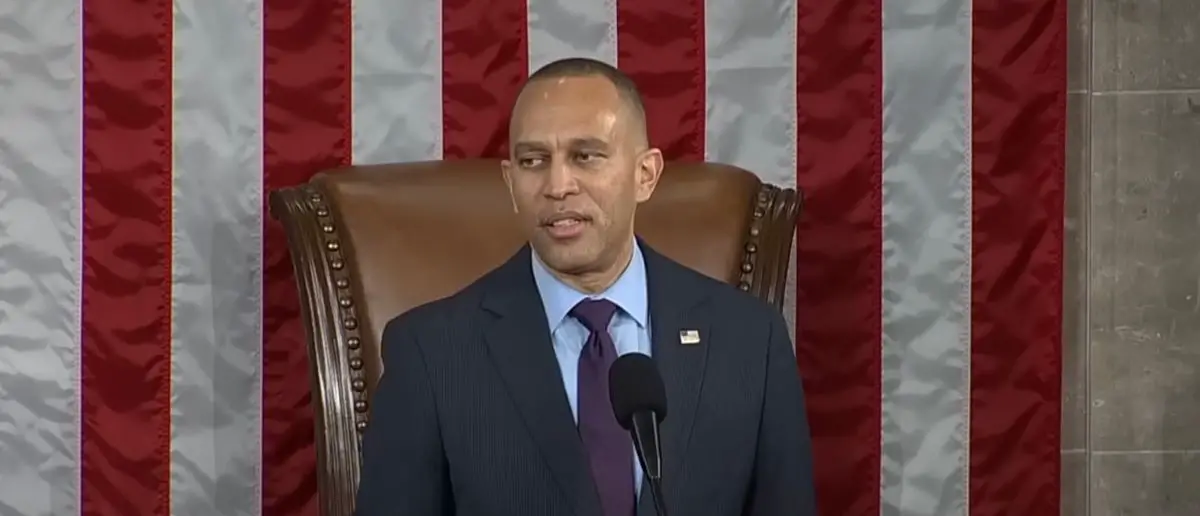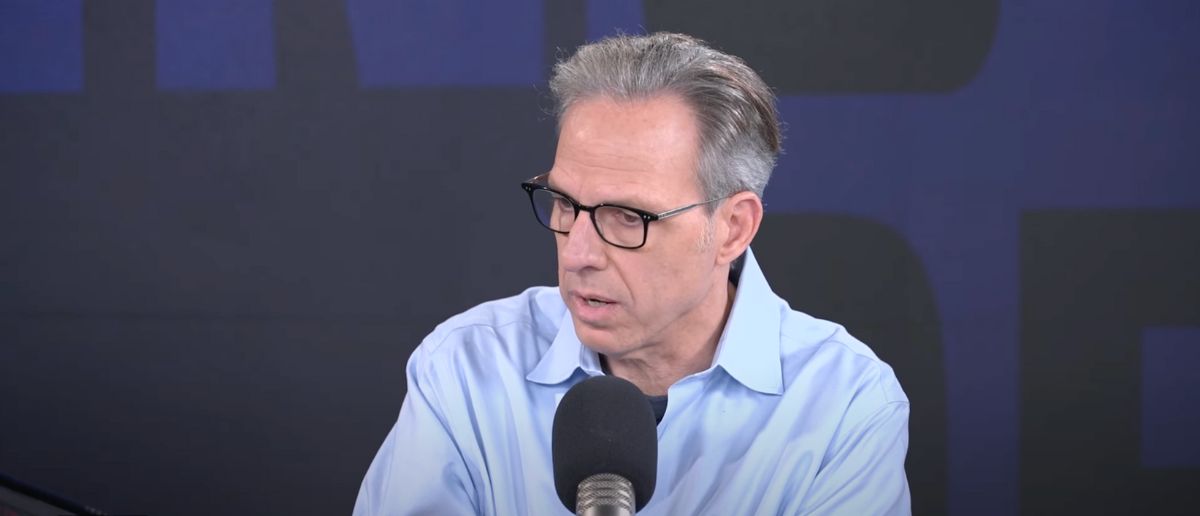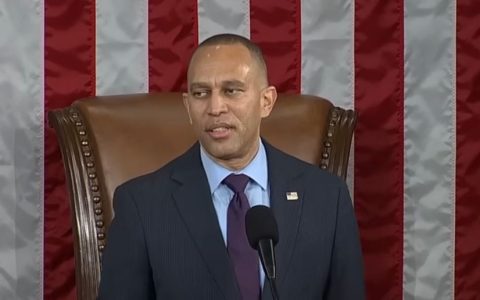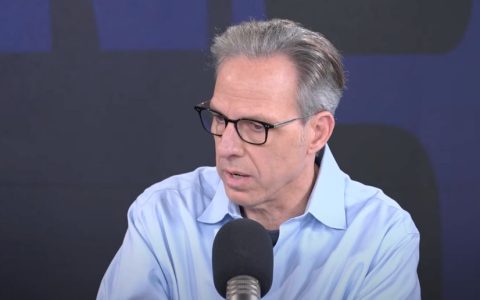
A scandal has been hiding in plain sight. Barack Obama and Hillary Clinton are deeply involved.
That’s why this CIA report release has Clinton and Obama scrambling to cover their tracks.
A congressional investigation, declassified by Director of National Intelligence Tulsi Gabbard on Wednesday, reveals that senior intelligence officials withheld evidence that contradicted the claim that Russian President Vladimir Putin favored Donald Trump over Hillary Clinton in the 2016 election.
The 46-page report, previously kept under wraps at CIA headquarters, was only recently allowed to be transferred to Capitol Hill. The House Intelligence Committee conducted an extensive review, dedicating 2,300 hours to analyzing intelligence and interviewing 20 individuals. Fox News first published the declassified document.
“The judgement that Putin developed a ‘clear preference for candidate Trump and ‘aspired to help his chances of victory’ did not adhere to the tenets of the ICD (Intelligence Community Directive) analytical standards,” the report states.
Credible intelligence undermined the conclusions of a January 2017 Intelligence Community Assessment (ICA), ordered by President Barack Obama, which asserted that Russia worked to sabotage Clinton’s campaign. The report casts particular scrutiny on John Brennan, who served as CIA director under Obama.
Brennan “ordered the post-election publication of 15 reports containing previously collected but unpublished intelligence, three of which were substandard – containing information that was unclear, of uncertain origin, potentially biased or implausible – and those became foundational sources for the ICA judgements that Putin preferred Trump over Clinton,” according to the report.
It further notes that a single “scant, unclear, and unverifiable fragment of a sentence from one of these substandard reports constitutes the only classified information cited to suggest Putin ‘aspired’ to help Trump win.” This finding raises doubts about the ICA’s assertion, made with “high confidence” by the CIA and FBI, that Russia sought to aid Trump’s victory.
On July 18, Gabbard declassified documents showing that Obama, in a December 9, 2016, meeting with top national security officials in the White House Situation Room, directed the intelligence community to uncover evidence of Russian election interference for public release. This directive came just one day after the FBI, led by Director James Comey, rejected a Presidential Daily Brief that reached the opposite conclusion.
Information described by Gabbard as “blatantly false” was soon leaked to major outlets like the Washington Post and the New York Times. The briefing of Trump on the ICA fueled a prolonged media storm, amplified by discussions of the Steele dossier, a discredited opposition research file funded by the Clinton campaign, which had been largely ignored by journalists until then, per a Columbia Journalism Review investigation.
The congressional report takes a harsher stance against the intelligence community than a June self-assessment by CIA Director John Ratcliffe.
House Intelligence Committee Chairman Rick Crawford of Arkansas labeled Ratcliffe’s assessment a “whitewash” and pushed for the release of his committee’s investigation from CIA custody.
The FBI is reportedly probing former Obama intelligence officials, including Comey and Brennan, for potential conspiracy related to politicized intelligence. Gabbard has also forwarded documents concerning Obama’s actions to the Department of Justice.
Why Many Americans Remain Suspicious of Russian Collusion Claims
The declassification of the congressional report has reignited skepticism among many Americans about the narrative that Russia conspired to help Donald Trump win the 2016 presidential election. This suspicion stems from a combination of factors, including inconsistencies in the intelligence community’s handling of evidence, political motivations behind the allegations, and the role of media amplification.
The report’s revelation that senior intelligence officials, particularly under John Brennan’s leadership, relied on “substandard” and unverifiable reports to support the claim of Putin’s preference for Trump has fueled distrust. Many view this as evidence of bias within the intelligence community, particularly given the timing of the ICA’s release under Obama’s directive. The fact that a single, questionable fragment of intelligence underpinned the ICA’s conclusions has led some to question the integrity of the process, perceiving it as an attempt to delegitimize Trump’s presidency.
The Steele dossier, funded by the Clinton campaign, further eroded public trust. Initially dismissed by journalists, its salacious and unverified claims gained traction after the ICA’s release, feeding a media frenzy that many Americans now see as politically driven.
Public skepticism also draws from the context of Obama’s December 2016 directive to uncover evidence of Russian meddling, issued just as Trump prepared to take office. The timing, coupled with the FBI’s rejection of a contradictory Presidential Daily Brief, has led some to suspect that the intelligence community was pressured to produce a politically convenient outcome rather than an objective assessment.
Historical distrust in government institutions plays a significant role in this skepticism. Decades of revelations about intelligence overreach—such as the CIA’s domestic surveillance programs in the 1970s or the Snowden leaks about NSA data collection—have left many Americans wary of official narratives. The congressional report’s findings align with this pattern, suggesting that intelligence was manipulated to fit a predetermined conclusion, further eroding confidence.
The media’s role in perpetuating the collusion narrative has also drawn scrutiny. Outlets like the Washington Post and New York Times, which received leaks of “blatantly false” information, as Gabbard described, faced criticism for running with unverified claims. This has led many to view the press as an extension of political agendas rather than an impartial source of truth, deepening public cynicism.
The ongoing FBI investigation into Comey, Brennan, and others for potential conspiracy adds another layer of suspicion. For many, this signals that the collusion claims may have been part of a coordinated effort to undermine Trump, rather than a genuine reflection of intelligence findings. Gabbard’s referral of documents to the Department of Justice reinforces the perception that high-level misconduct may have occurred.





